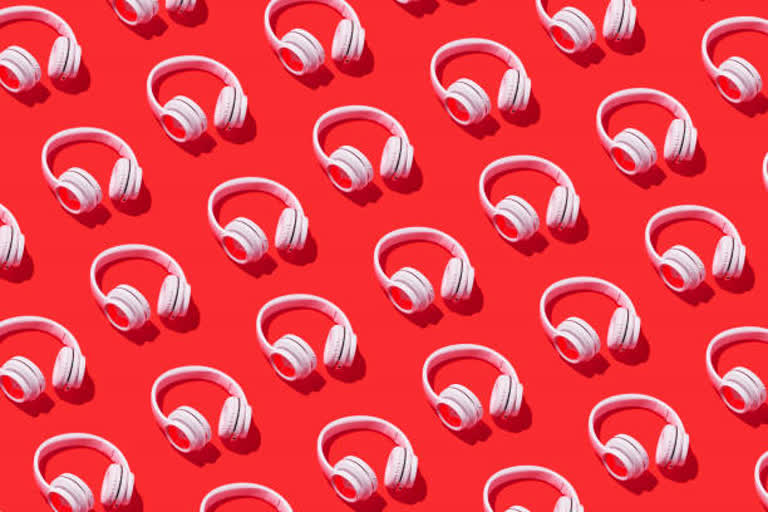Washington: Over one billion teenagers and young people are potentially at risk of hearing loss due to their use of headphones and earbuds, and attendance at loud music venues, according to a study published in the journal BMJ Global Health. The international team, including researchers from Medical University of South Carolina, US, noted that the governments around the world need to urgently prioritise "safe listening" policies to safeguard aural health.
"There is an urgent need for governments, industry, and civil society to prioritise global hearing loss prevention by promoting safe listening practices," the authors of the study said. The World Health Organization (WHO) estimates that over 430 million people worldwide currently have disabling hearing loss, the researchers said.
Young people are particularly vulnerable because of their use of Personal Listing Devices (PLDs), such as smartphones, headphones and earbuds, and attendance at loud music venues, amid poor regulatory enforcement, they said. Previously published research suggests that PLD users often choose volumes as high as 105 decibel (dB) while average sound levels at entertainment venues range from 104 to 112 dB.
Also read: Morning exercise lowers risk of heart disease and stroke: Study
This far exceeds the permissible sound levels of 80 dB for adults and 75 dB for children even if for very short periods of time. The researchers gauged the prevalence of unsafe listening practices among teens and young adults to create a global estimate of the numbers who could therefore be at risk of hearing loss.
They trawled research databases for relevant studies published in English, French, Spanish and Russian, involving 12-34 year-olds, and reporting on objectively measured device output levels and length of exposure. The research included 33 studies, corresponding to data from 35 records and 19,046 participants. 17 records focused on PLD use and 18 focused on loud entertainment venues.
The researchers also estimated the number of people who could be at risk of hearing loss by considering the estimated global population of 12-34 year-olds in 2022 (2.8 billion) and the best estimates of exposure to unsafe listening practices from PLDs or loud entertainment venues. The research indicates that the prevalence of unsafe listening practices from PLD use and attendance at loud entertainment venues is common worldwide - 24 per cent and 48 per cent, respectively, among teens and young people. The researchers estimate that the global number of teens and young adults who could potentially be at risk of hearing loss as a result ranges from 0.67 to 1.35 billion. (PTI)
(This story has not been edited by ETV Bharat and is auto-generated from a syndicated feed.)



